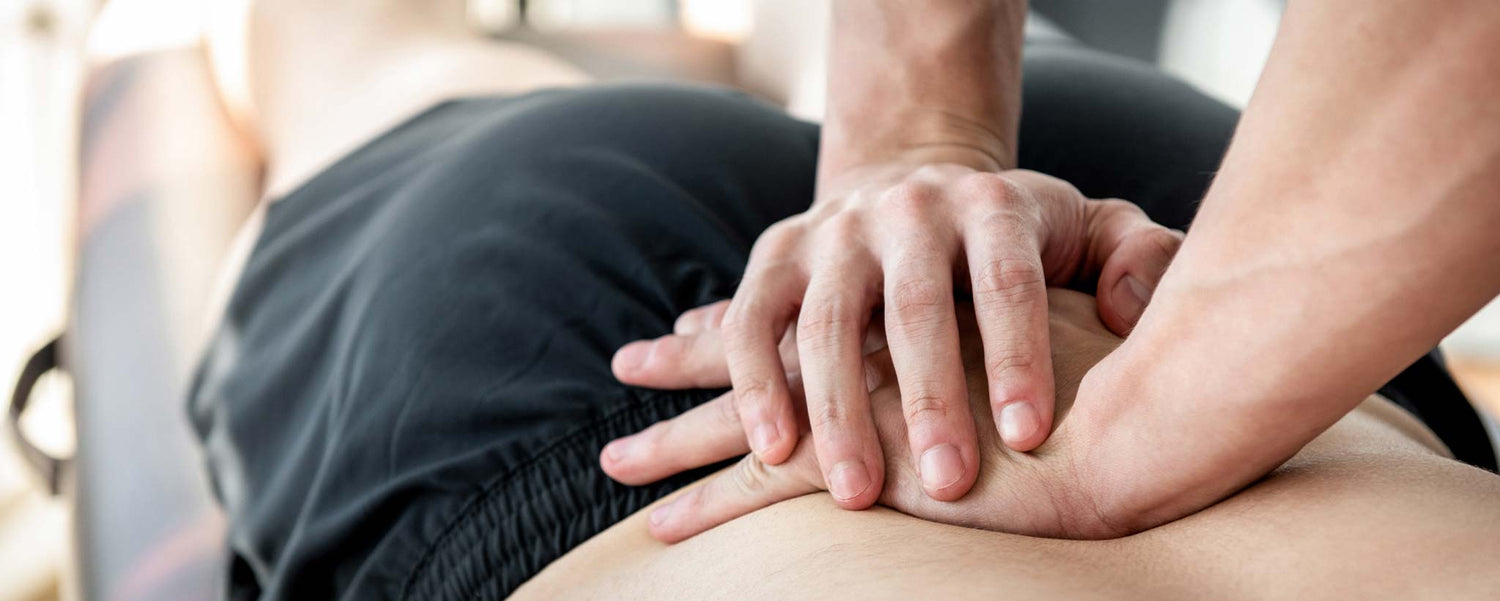Which medical professional is best for your injury? Understanding differences between physiotherapy and osteopathy will get you in the right place.
Publish 24 June 2021
Physical Rehabilitation
Are you recovering from surgery? Did you slip and fall on a wet surface? Maybe you hurt yourself playing sports. Are the effects of aging stiffening muscles and joints? Perhaps one—hopefully not all—applies to you. Acute or chronic pain can bring your life to a standstill.
After surgery, musculoskeletal injury, or neurological immobility, you may receive a referral to a physiotherapist or osteopath. You might consider these two professions as interchangeable, but they aren’t. Knowing the differences will help you manage expectations. You will also understand when a referral from one to the other is appropriate.
What’s The Difference?
The goal of both professions is to get your body working again by restoring mobility to damaged areas. They differ in their approach. What distinguishes osteopathy from physiotherapy is its philosophy. As a whole, osteopathic treatment is far more hands-on than physiotherapy. There are also differences in the medical training for each profession.
Osteopathy is an alternative medicine and pseudoscience based on the principle that our entire body is one. Each aspect is interconnected with a centralized self-healing mechanism. In osteopathy, practitioners rely on a variety of joint manipulation techniques.
An osteopath attempts to fix the body as a whole by targeting the specific tissues where damage occurs. Some practitioners may also recommend holistic nutritional supplements.
Physiotherapy (physical therapy) is based on a more clinical and systematic philosophy. It offers different treatments for each area of the body. Physiotherapists actively target the problem area and attempt to mobilize it to the best of their abilities.
The practice of physiotherapy provides post-surgical rehabilitation and treatment for spinal stenosis, Parkinson’s disease, or multiple sclerosis. Restoring movement and mobility like standing up, walking, and getting in and out of bed is key.
Osteopathy and physiotherapy are non-surgical professions that have similarities. Either has the goal of helping people move better and get relief from pain. However, there are times when one seems like a better option than the other.
For joint pain, muscle pain, shoulder pain, and similar issues, osteopathy can be the treatment of choice. Whereas, physiotherapy is a good option for neck pain, back pain, sports injuries, and posture-related issues. There is some overlap and the experience of each doctor varies. So the anatomical areas of specialty are not mutually exclusive.
It is good to get exercise. But most people over 40 shouldn’t try to keep up with athletes in their teens and twenties. Choose safe, age-appropriate fitness routines. Evaluate again each decade. By age 60, walking or biking may result in fewer injuries.






